A growing economy and increased patronage produced important new works of art and architecture following the Iconoclastic period.
843–1204 C.E.
A growing economy and increased patronage produced important new works of art and architecture following the Iconoclastic period.
843–1204 C.E.
The Middle Byzantine period spans from the end of Iconoclasm in 843 to the sack of Constantinople by the Fourth Crusade in 1204.
We're adding new content all the time!
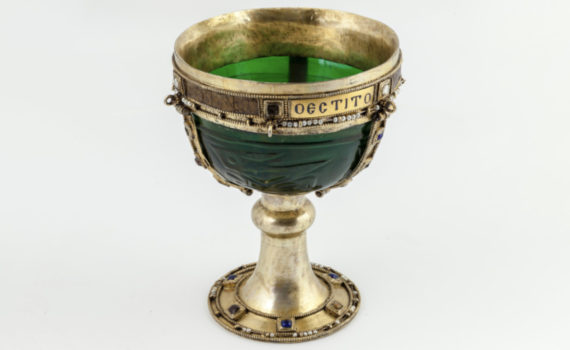
Three chalices show the important roles that materiality, ornament, and craftsmanship could play in an object’s cross-cultural mobility, reuse, and preservation through the centuries.
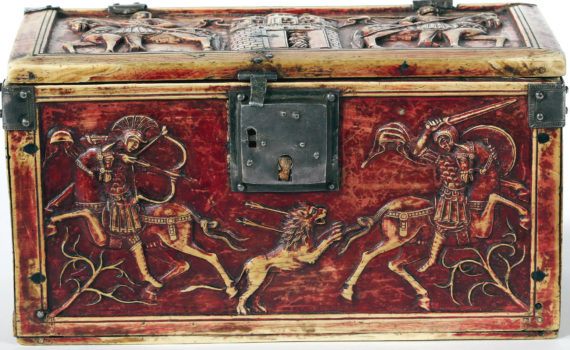
The Byzantines were in persistent communication with a diverse range of other societies.
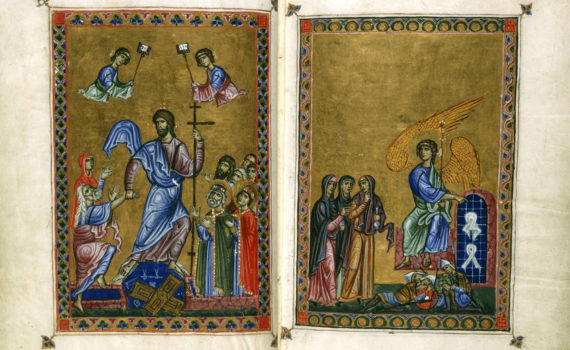
This medieval manuscript combined the arts of western Europe and the Byzantine Empire for the crusader queen Melisende of Jerusalem.
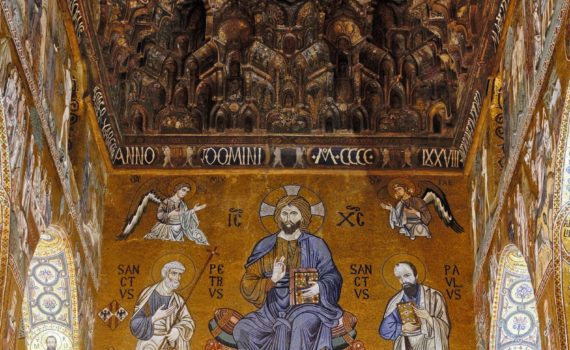
Drawing from both Christian and Islamic artistic traditions, the Norman King Roger II built the Cappella Palatina to be his dazzling palace chapel and royal ceremonial hall
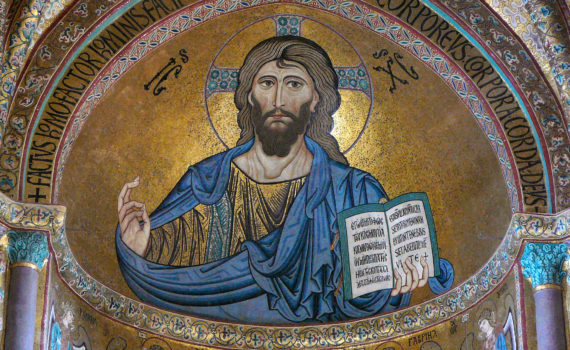
The Norman Kings who ruled Sicily in the twelfth century drew from Byzantine, Islamic, and Romanesque art to present themselves as legitimate Christian rulers.
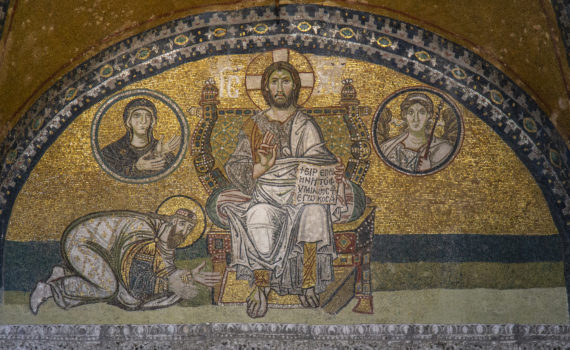
The Byzantines kept adding mosaics to Hagia Sophia for centuries after it was first built, reflecting recent controversies, monetary donations, and even imperial marriages.
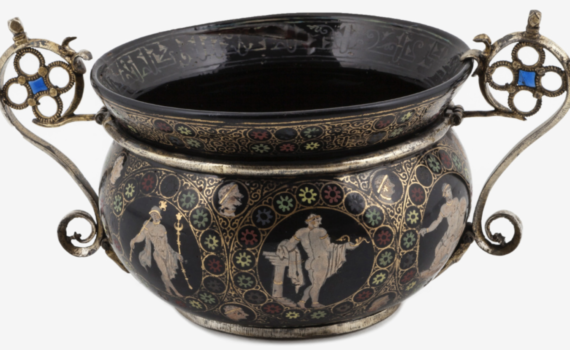
These fantastic beasts, heroes, and pseudo-texts show that not all Byzantine art was sacred.
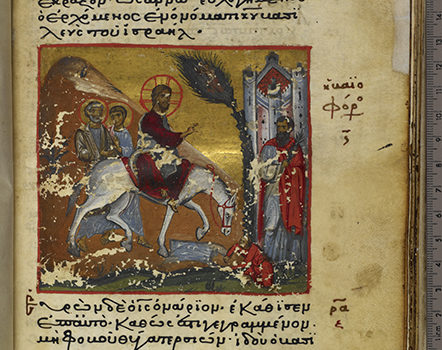
Elisabeth Yota surveys some of the evidence for the production of illuminated manuscripts outside of the imperial capital of Constantinople
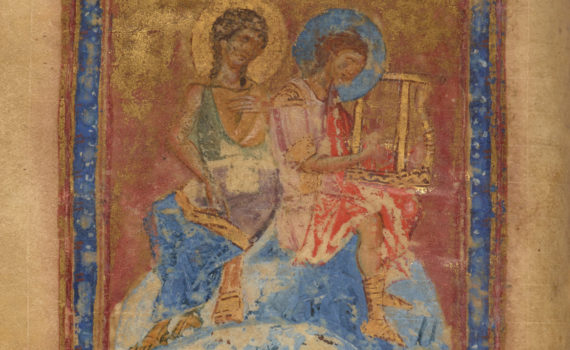
Byzantine book illumination was at its most ambitious and innovative in the decorated psalters produced between the 9th and 11th centuries
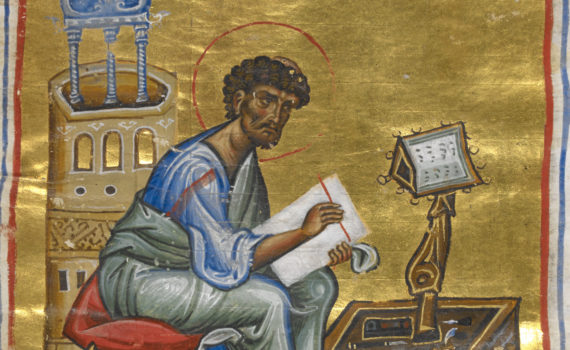
Kathleen Maxwell describes some of the remarkable illuminated copies of the Gospels to be found in the British Library’s collections.
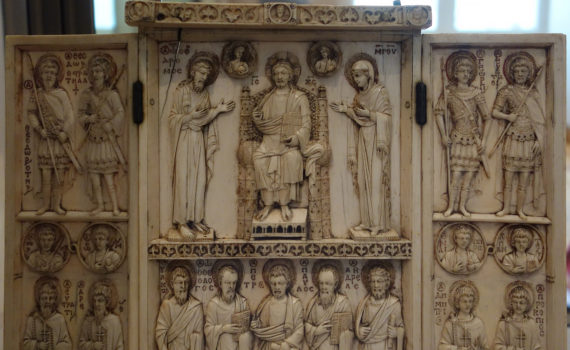
This ivory triptych was an object of prayer and a vision of paradise for Byzantine viewers following iconoclasm

You've heard of Byzantium's golden mosaics, but what about its dramatic frescoes?